Nystagmus
Table of Contents
Defination
Nystagmus is a condition that affects a person’s ability to control their eye movements. It is characterized by involuntary, repetitive, and rhythmic movements of the eyes. These movements can be horizontal, vertical, or rotational and can occur either continuously or intermittently.
Causes of Nystagmus
There are various causes of nystagmus, which can be divided into two main categories: congenital nystagmus (present from birth) and acquired nystagmus (developed later in life). Some of the most common causes of nystagmus include:
- Congenital disorders: Certain genetic or developmental conditions, such as albinism, congenital cataracts, and optic nerve hypoplasia, can cause nystagmus.
- Neurological disorders: Conditions that affect the brain or nervous system, such as multiple sclerosis, cerebellar ataxia, and traumatic brain injury, can lead to nystagmus.
- Medications: Certain medications, such as antiepileptic drugs, lithium, and sedatives, can cause nystagmus as a side effect.
- Vision problems: It can also be caused by vision problems such as nearsightedness, farsightedness, or astigmatism.
- Inner ear disorders: Disorders of the inner ear such as Meniere’s disease and vestibular neuritis can cause nystagmus.
- Alcohol and drug use: Excessive alcohol or drug use can cause temporary nystagmus.
- Infection: Certain infections, such as meningitis and encephalitis, can lead to nystagmus.
It is important to note that some cases of nystagmus may have no identifiable cause.
Types of Nystagmus
There are several types of nystagmus, each with its own set of characteristics and causes. The most common types of nystagmus include:
- Congenital nystagmus: This type of nystagmus is present from birth and is usually caused by abnormalities in the part of the brain that controls eye movements.
- Acquired nystagmus: This type of condition develops later in life and can be caused by a variety of factors, such as neurological disorders, medication side effects, or head injuries.
- Pendular nystagmus: In this type, the eyes move back and forth in a smooth, wave-like motion rather than the rapid, jerking movements seen in other types.
- Jerk nystagmus: This is the most common type of nystagmus, in which the eyes move quickly in one direction and then slowly back in the opposite direction, with a distinct pause or “jerk” in between.
- Gaze-evoked nystagmus: This type of nystagmus is triggered by looking in a certain direction and can be caused by a variety of factors, such as medications, alcohol, or neurological conditions.
- Periodic alternating nystagmus: This is a rare type of nystagmus in which the direction of the eye movements alternates every few seconds.
- Spasmus nutans: This is a rare type of nystagmus that occurs in infants and young children and is characterized by rapid, irregular eye movements, head nodding, and abnormal head positioning.
Symptoms of Nystagmus
The main symptom is the involuntary and rhythmic movement of the eyes. However, the specific symptoms can vary depending on the type and severity of nystagmus. Some of the common symptoms of nystagmus include:
- Uncontrollable eye movement: The eyes may move rapidly back and forth, up and down, or in a circular motion, making it difficult to maintain clear vision or focus.
- Reduced visual acuity: Nystagmus can make it difficult to see clearly, especially when looking at objects or reading.
- Sensitivity to light: People with nystagmus may be more sensitive to bright lights or glare.
- Head tilting or turning: To compensate for the involuntary eye movements, some people with nystagmus may tilt or turn their heads in a certain direction to help stabilize their vision.
- Balance problems: Nystagmus can affect the inner ear, which is responsible for balance, leading to dizziness or difficulty with coordination.
- Fatigue or eye strain: People with nystagmus may experience eye fatigue or strain due to the constant eye movement.
- Oscillopsia: In some cases, nystagmus can cause a sense of visual instability or “bouncing” of the visual field, which can be disorienting and uncomfortable.
It is important to note that the symptoms of nystagmus can vary widely depending on the underlying cause and severity of the condition.
Diagnosis
To Diagnose – typically involves a thorough medical examination by a healthcare provider, including an assessment of medical history, visual acuity, and eye movement. The following are some common diagnostic tests and procedures that may be used:
- Eye movement recording: This involves using specialized equipment to record and analyze eye movements to determine the type, frequency, and amplitude of the nystagmus.
- Vision testing: A healthcare provider may perform a variety of vision tests, including visual acuity, visual field, and color vision testing, to assess the extent of vision loss associated with the nystagmus.
- Neurological examination: A neurological examination may be performed to assess the function of the brain and nervous system, as some cases of nystagmus may be related to neurological disorders.
- Imaging tests: In some cases, imaging tests such as magnetic resonance imaging (MRI) or computed tomography (CT) scans may be ordered to assess the brain and nervous system for underlying abnormalities.
- Blood tests: Blood tests may be performed to check for underlying medical conditions or medication side effects that may be contributing to the nystagmus.
- Electrophysiological tests: These tests measure the electrical activity of the brain or nerves and may be used to evaluate the function of the visual system.
Treatment of Nystagmus
The treatment depends on the underlying cause and the severity of the condition. While there is no cure for nystagmus, there are many treatment options that may help improve vision and reduce the severity of eye movements. Here are some common treatment options for nystagmus:
- Corrective lenses: Corrective lenses, such as glasses or contact lenses, may be prescribed to improve visual acuity and reduce eye strain.
- Surgery: In some cases, surgery may be recommended to reposition the eye muscles or reduce the severity of nystagmus.
- Medications: Certain medications, such as anticonvulsants or muscle relaxants, may be prescribed to help reduce eye movements or manage underlying medical conditions that may be contributing to the nystagmus.
- Vision therapy: Vision therapy is a non-invasive treatment that involves eye exercises designed to improve eye coordination and reduce the severity of eye movements.
- Assistive devices: Certain assistive devices, such as prism glasses or magnifiers, may be recommended to improve vision and reduce eye strain.
- Treatment of underlying conditions: If nystagmus is caused by an underlying medical condition, such as multiple sclerosis or a brain tumor, treatment of the underlying condition may help reduce the severity of nystagmus.
Physiotherapy treatment in Nystagmus
Physiotherapy can play an important role in the treatment of nystagmus. Here are some physiotherapy interventions that may be helpful:
- Eye exercises: Eye exercises can help improve eye coordination and reduce the severity of eye movements. These exercises may include tracking objects with the eyes, focusing on a stationary object, and other visual tasks designed to improve eye function.
- Balance training: Nystagmus can affect the inner ear and lead to balance problems. Balance training exercises, such as standing on one leg or walking on uneven surfaces, can help improve balance and reduce the risk of falling.
- Postural control exercises: Postural control exercises can help improve the ability to maintain a stable head and body position, which may help reduce the severity of nystagmus.
- Vestibular rehabilitation: Vestibular rehabilitation is a specialized form of physiotherapy that focuses on improving the function of the inner ear and reducing dizziness and balance problems associated with nystagmus.
- Coordination and motor control exercises: coordination and motor control exercises can help improve overall movement control and reduce the severity of nystagmus.
- Education and counseling: Physiotherapists can provide education and counseling to individuals with nystagmus and their families on strategies to manage the condition and reduce its impact on daily life.
It is important to note that the effectiveness of treatment for nystagmus can vary depending on the individual case.
Prevention
Nystagmus is a complex condition with various underlying causes, and in many cases, it cannot be prevented. However, certain precautions can help reduce the risk of developing nystagmus or prevent its progression. Here are steps that may be helpful:
- Protect your eyes: Protect your eyes from injury by wearing safety glasses when participating in sports or other high-risk activities.
- Manage underlying medical conditions: Certain medical conditions, such as multiple sclerosis, stroke, or brain injury, may increase the risk of developing nystagmus. Proper management and treatment of these conditions may help reduce the risk of nystagmus.
- Avoid toxins: Exposure to toxins, such as alcohol or certain drugs, may increase the risk of developing nystagmus. Avoiding or limiting exposure to these substances may help reduce the risk.
- Get regular eye exams: Regular eye exams can help detect early signs of nystagmus or other eye conditions and allow for early intervention and treatment.
- Manage stress: Stress and anxiety may exacerbate nystagmus. Managing stress through relaxation techniques such as meditation, deep breathing, or yoga may help reduce symptoms.
It is important to note that while these measures may help reduce the risk of developing nystagmus, they may not be effective in all cases.
Conclusion
Nystagmus is a condition that affects a person’s ability to control their eye movements. While there is currently no cure, there are many treatment options available to help manage the symptoms. If you or someone you know is experiencing symptoms of nystagmus, it is important to speak with a healthcare provider to receive a proper diagnosis and treatment plan.
FAQs
What are the main three types of nystagmus?
Nystagmus is an involuntary eye movement that can be classified into different types based on the characteristics of the movement. The three main types of nystagmus are:
Jerk nystagmus: This is the most common type of nystagmus, characterized by a quick movement in one direction followed by a slower movement in the opposite direction. Jerk nystagmus can be horizontal, vertical, or diagonal.
Pendular nystagmus: This type of nystagmus has equal velocity in both directions and is characterized by a smooth, oscillating movement of the eyes. Pendular nystagmus can be horizontal, vertical, or torsional (rotational).
Congenital nystagmus: This type of nystagmus is present from birth and is often associated with other visual or neurological conditions. Congenital nystagmus is typically horizontal and can be oscillatory (back and forth) or jerky (quick movement in one direction followed by a slower movement in the opposite direction).What are the side effects of nystagmus?
Reduced visual acuity: Nystagmus can cause reduced visual acuity, which can make it difficult to see fine details and read small print.
Reduced depth perception: Nystagmus can interfere with depth perception, which can make it difficult to judge distances and navigate the environment.
Sensitivity to light: Some people with nystagmus may be sensitive to bright light or glare, which can cause discomfort and make it difficult to see.
Difficulty with visual tasks: Nystagmus can make it difficult to perform visual tasks that require fine motor control, such as reading, writing, and using a computer.
Headaches and fatigue: Nystagmus can cause headaches and fatigue, particularly if the eye movements are severe or frequent.
Reduced balance and coordination: Nystagmus can affect balance and coordination, particularly if the eye movements are accompanied by head movements or other neurological symptoms.
Emotional and social difficulties: Nystagmus can cause emotional and social difficulties, particularly if the individual feels self-conscious about the eye movements or has difficulty with social interactions due to reduced visual acuity or depth perception.What is the test for nystagmus?
The diagnosis of nystagmus typically involves a comprehensive eye examination by an ophthalmologist or optometrist, along with a neurological evaluation to identify any underlying neurological conditions or disorders. Several tests may be used to diagnose and evaluate nystagmus, including:
Visual acuity test: This test measures how well the individual can see at various distances using an eye chart.
Eye movement test: This test evaluates the range and quality of eye movements using a variety of techniques, including following a moving object with the eyes and tracking eye movements while the head is held in different positions.
Electromyography (EMG): This test measures the electrical activity of the muscles that control eye movement to help identify any abnormalities or underlying neurological conditions.
Computerized tomography (CT) or magnetic resonance imaging (MRI): These imaging tests may be used to evaluate the brain and other structures in the head and neck to help identify any underlying conditions that may be causing or contributing to nystagmus.Can nystagmus lead to blindness?
In general, nystagmus itself does not usually lead to blindness, but it can cause visual disturbances and affect visual function, especially if it is associated with other eye or neurological conditions. However, the underlying cause of the nystagmus may potentially lead to blindness if left untreated or uncontrolled.
For example, nystagmus caused by certain neurological conditions, such as multiple sclerosis or brainstem lesions, may be a sign of progressive neurological damage that can eventually lead to vision loss if not treated. Additionally, nystagmus caused by certain eye conditions, such as retinal detachment or macular degeneration, may be a sign of underlying damage to the retina or other structures in the eye that can lead to vision loss.
It’s important for anyone experiencing nystagmus or other visual disturbances to undergo a thorough eye examination and neurological evaluation to identify any underlying conditions that may be contributing to the nystagmus and to receive appropriate treatment to preserve vision and prevent further damage.Can you live with nystagmus?
Yes, it is possible to live with nystagmus. Nystagmus is a condition that causes involuntary, repetitive movements of the eyes, which can affect vision and depth perception. It can be congenital (present from birth) or acquired later in life.
While nystagmus can make certain tasks more difficult, such as reading or driving, many people with the condition are able to live normal, fulfilling lives. There are also various treatments and aids available to help manage the condition and improve vision, such as corrective lenses, eye exercises, and medication.
If you have been diagnosed with nystagmus, it is important to work closely with your doctor or ophthalmologist to develop a treatment plan that meets your individual needs and helps you maintain your quality of life.

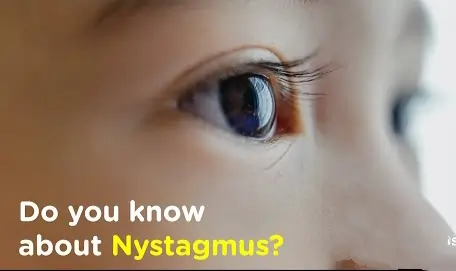
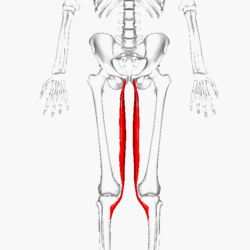
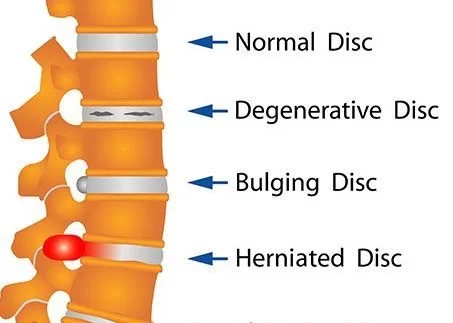
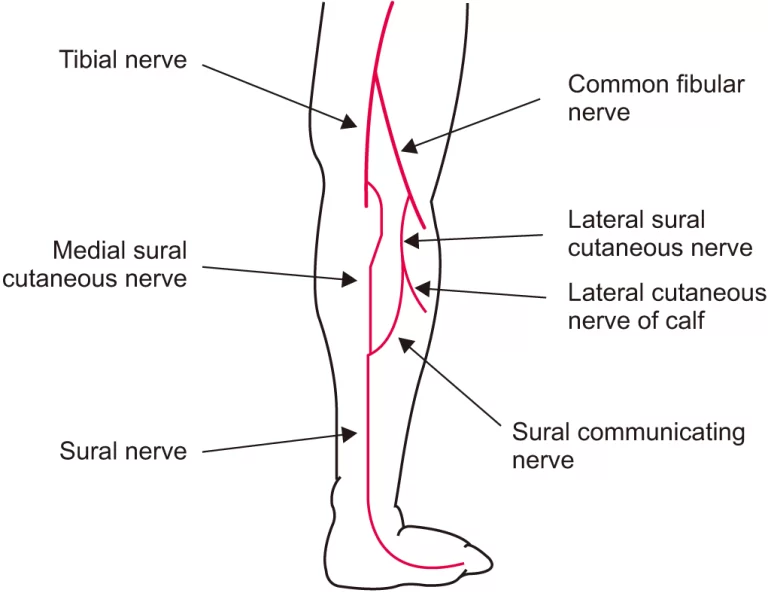
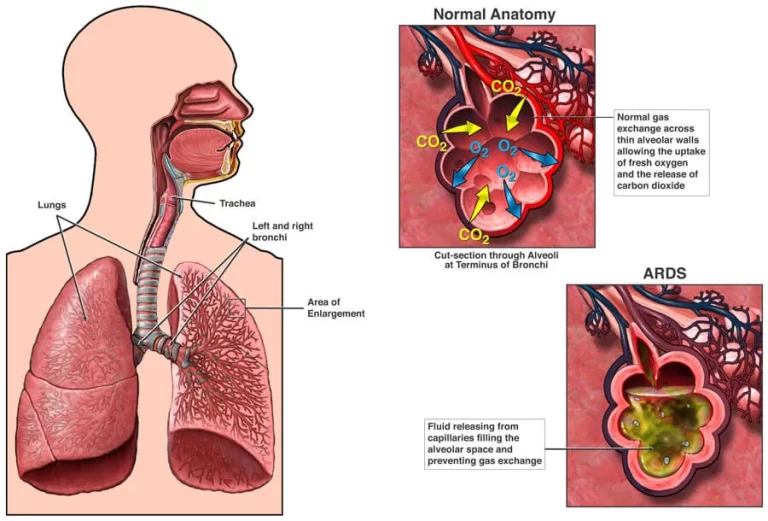
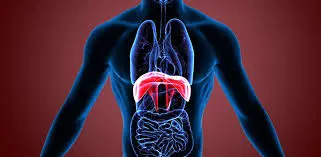
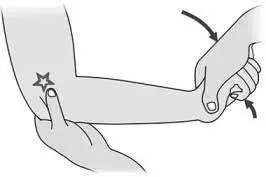
4 Comments